SOLISCADA V7.50.00.02 is now available. Faster graphics rendering, new Web Server controls, improved reporting and more. Learn what's new and update now→

SOLISCADA software supports setting dynamic properties for simple graphic objects and controls, enabling dynamic visual effects and changes in attributes such as movement, scaling, fill, rotation, blinking, flow, color, etc.
This article shares several commonly used dynamic properties.
1. Visibility
Uses digital information to control the visibility of a graphic object.
Examples:
Discrete Value: When the data source tag "BB1" is 1, the blue graphic is visible in runtime mode. When the data source tag "BB1" is 0, the blue graphic is not visible in runtime mode.

Analog Value: When the data source tag "BB1" is between 0-50, the blue graphic is visible in runtime mode. When the data source tag "BB1" is between 50-100, the blue graphic is not visible in runtime mode.

2. Fill
Uses digital information to control the scaling ratio of a graphic object, effectively creating a fill effect.
Fill Parameters: "Minimum Value, Maximum Value" represent the range of numerical values that effectively control the filling of the graphic object's background color (the entered parameters generally should not exceed the tag's upper and lower limits). "Min/Max Fill Percentage" represents the extent to which the fill color covers the graphic object's background (range is 0–100).
Fill Direction: Select the desired fill direction. Options are "Top to Bottom", "Bottom to Top", "Left to Right", and "Right to Left".
Example:
When the data source tag "BB1_1" is between 0-40, the graphic object's background is blue, and 0-40% of its area is filled green.
When the data source tag "BB1_1" is between 40-80, the graphic object's background is blue, and 0-80% of its area is filled yellow.
When the data source tag "BB1_1" is between 80-100, the graphic object's background is blue, and 0-100% of its area is filled red.




3. Rotation
Uses digital information to control the rotation of a graphic object.
Value Type: When the data type is Analog, you can choose "Engineering Value" or "Percentage". Selecting "Engineering Value" means the Max and Min values directly correspond to the data source. Selecting "Percentage" means the Max and Min values correspond to the percentage of the data source's range.
Parameter Settings:
For Analog data type: "Minimum Value, Maximum Value" represent the range of values that effectively control the object's rotation. "Corresponding Angle" represents the absolute angle of clockwise rotation around the center point.
For Discrete data type: You can set the rotation state: ON or OFF rotation, and clockwise or counterclockwise rotation. You can also set the rotation speed. The unit for rotation speed is "seconds/cycle", i.e., the time required for one full rotation.
Examples:
Discrete Value: When the data source tag "BB1" is 1, the blue graphic rotates at a speed of 5 seconds/cycle.

Analog Value: When the data source tag "BB1_1" is between 0-360, the angle of the blue graphic corresponds to the value of BB1_1.

4. Blinking
Uses digital information to control the color blinking property of a graphic object.
Parameter Settings: Click the "Add" button, enter the upper and lower limit values, select the desired color scheme, choose whether to blink and set the blink time interval. Repeat this operation to configure multiple color segments. To modify a parameter row, select it and click the "Modify" button or double-click the limit values; then re-enter the limit values, select the color scheme, and set the blink option in the pop-up dialog. To delete a parameter row, select it and click the "Delete" button.
Examples:
Discrete Value: When the data source tag "BB1" is 1, the blue graphic blinks at a frequency of 500ms, alternating between green and yellow.

Analog Value:
When the data source tag "BB1" is between 0-50, the blue graphic blinks at a frequency of 500ms, alternating between green and red.
When the data source tag "BB1" is between 50-100, the blue graphic blinks at a frequency of 500ms, alternating between green and yellow.

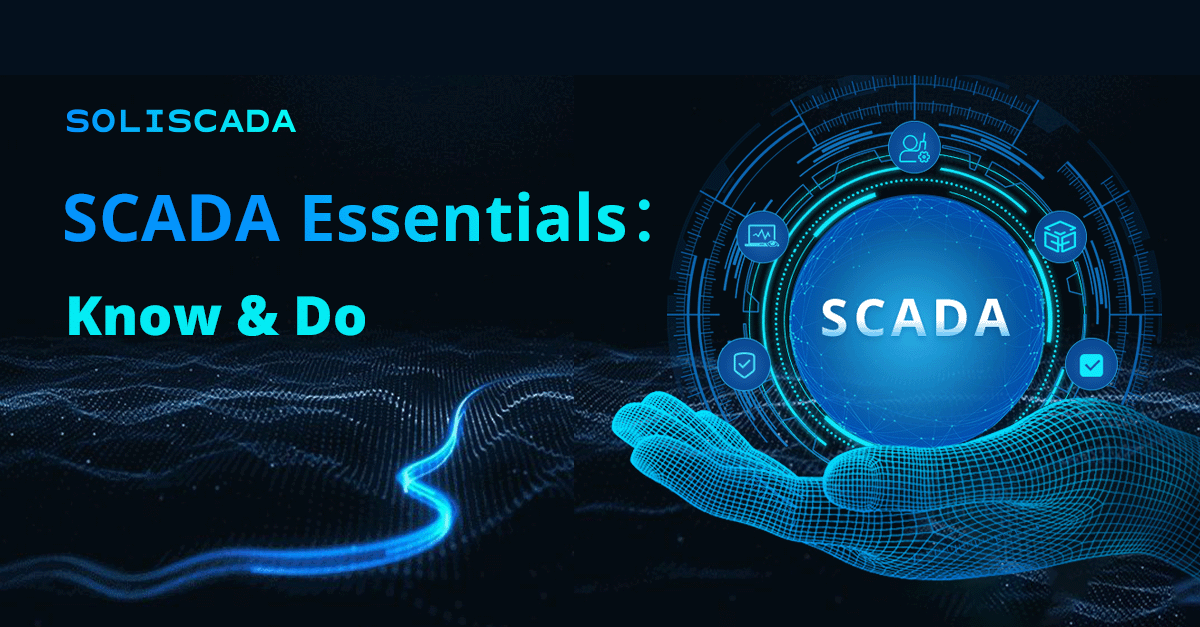
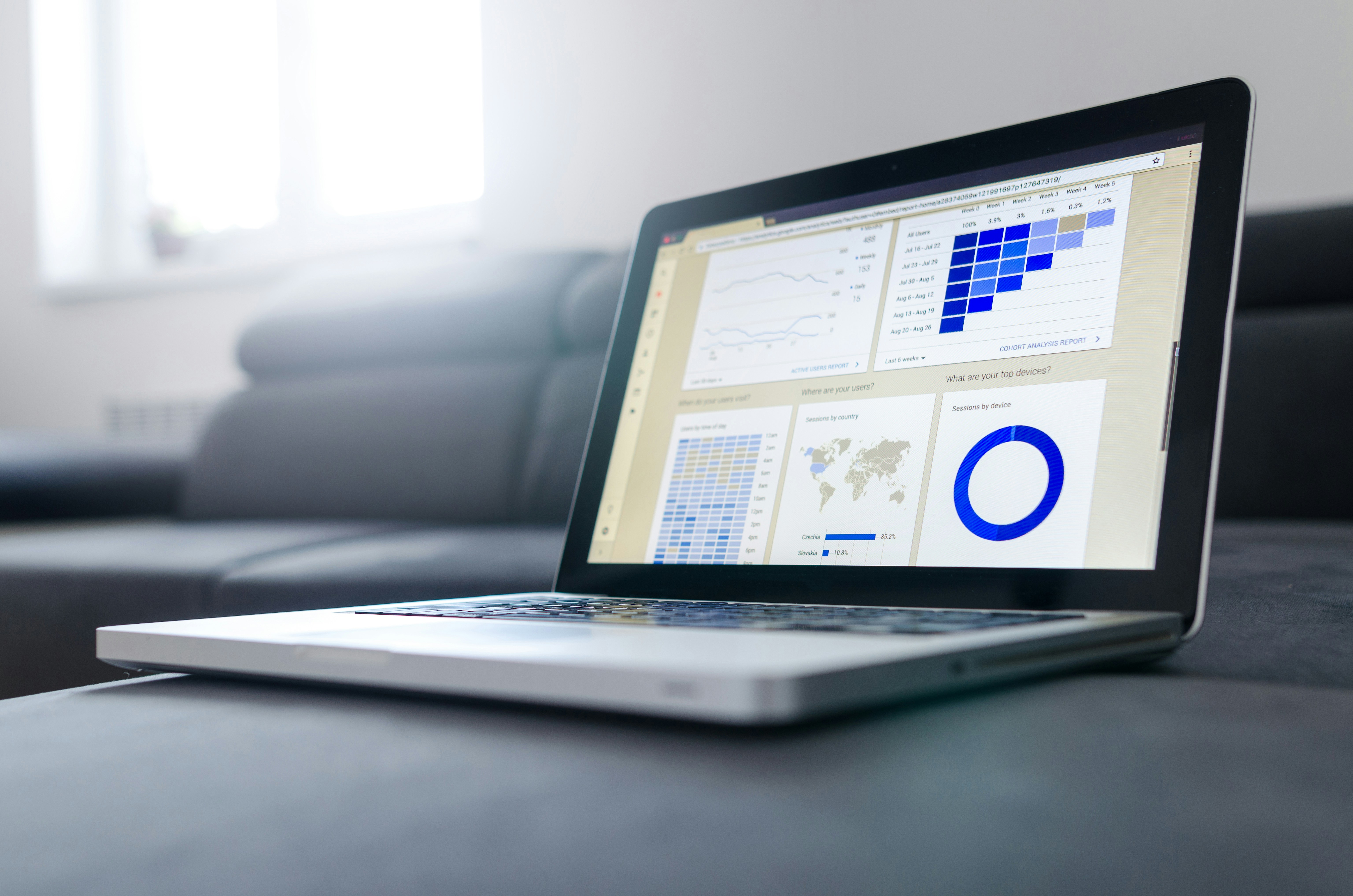

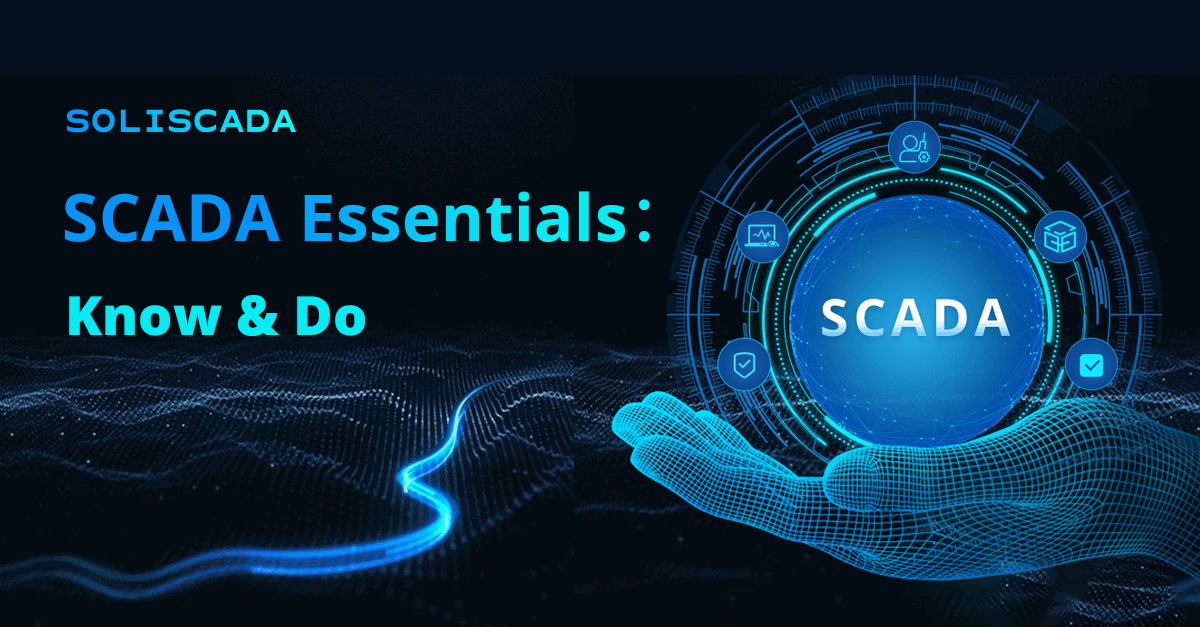
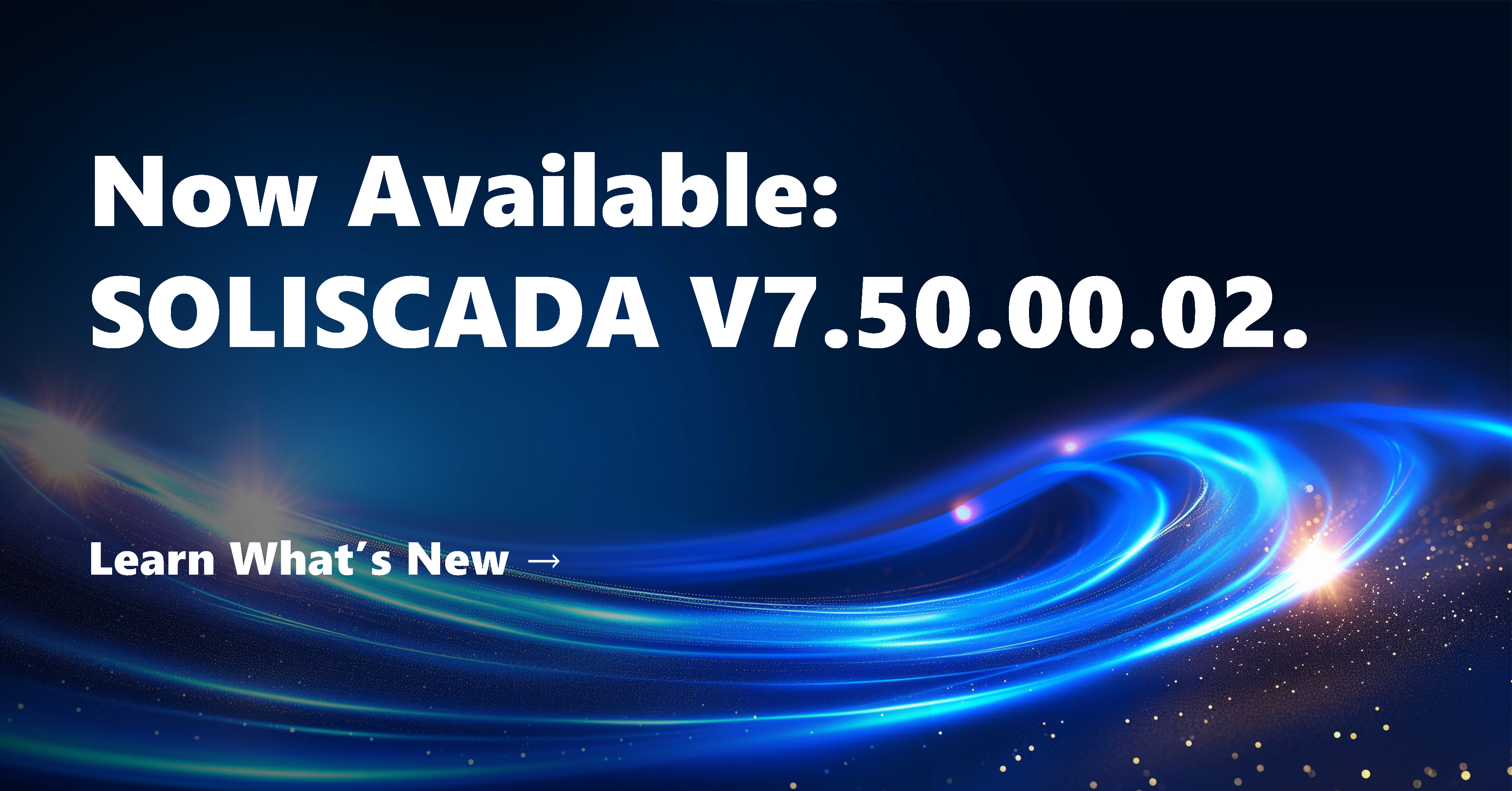
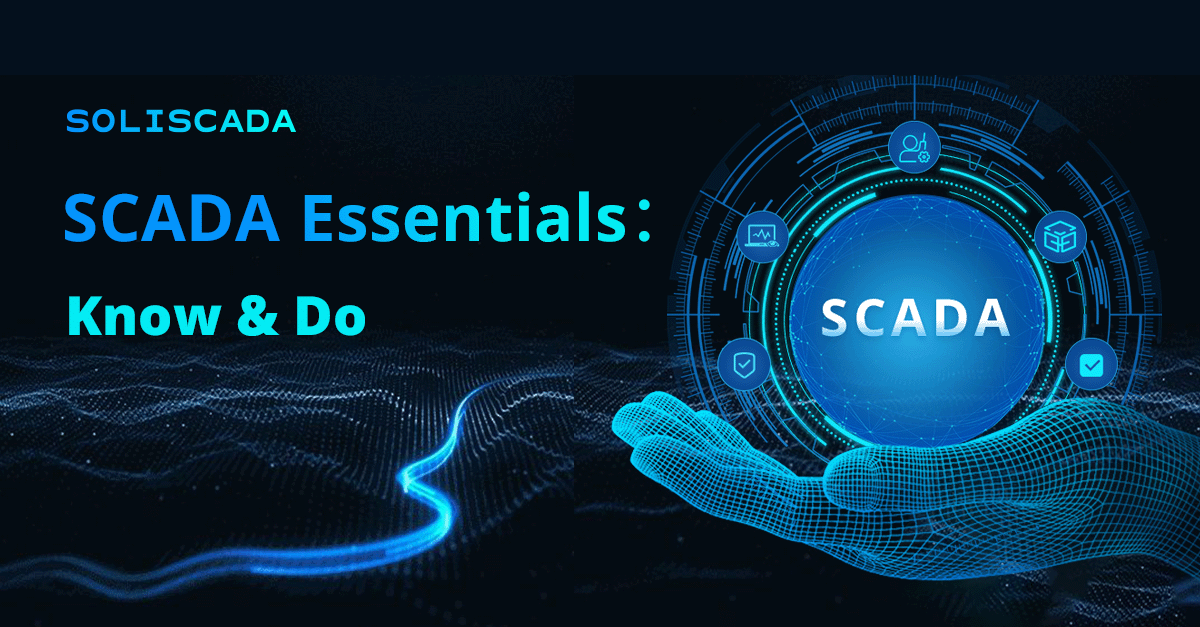
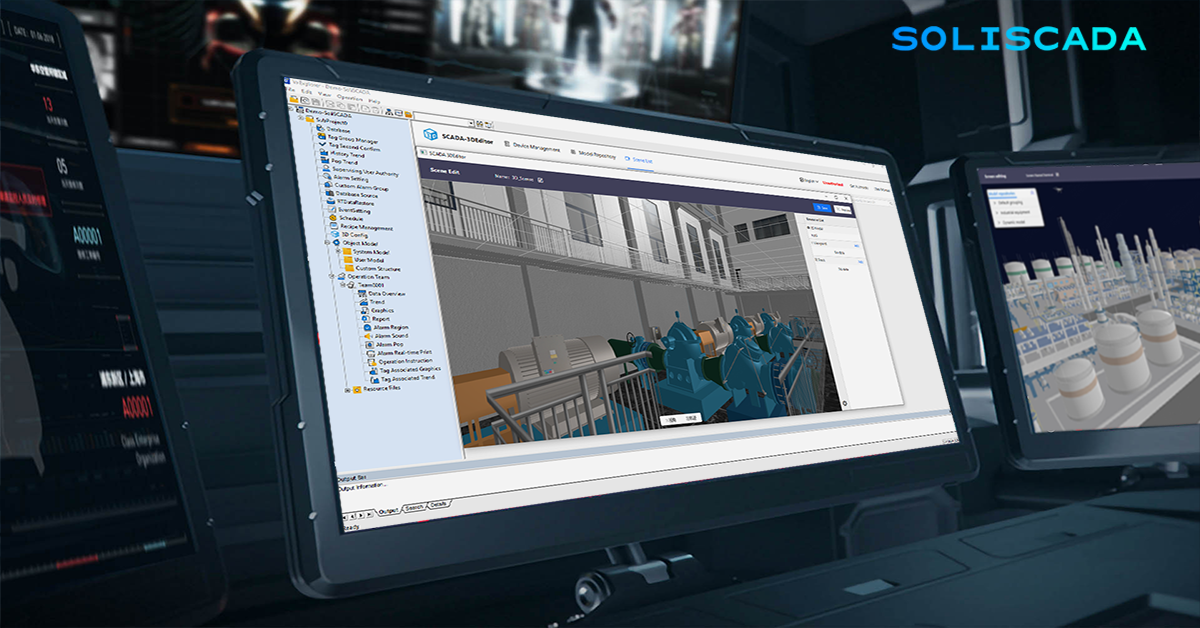
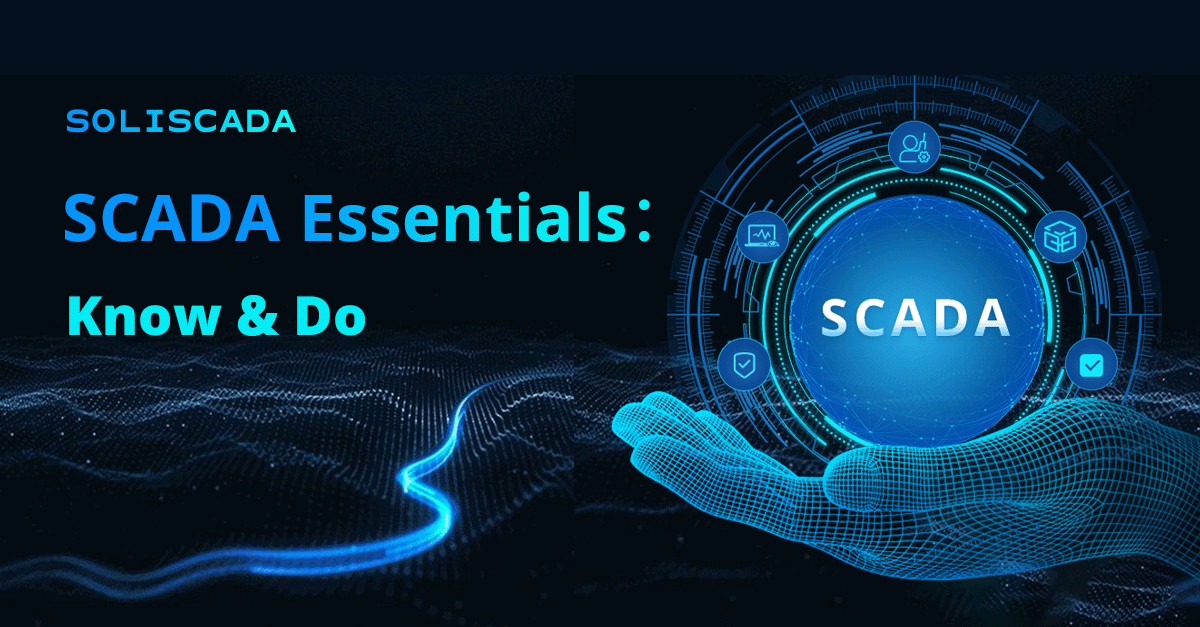
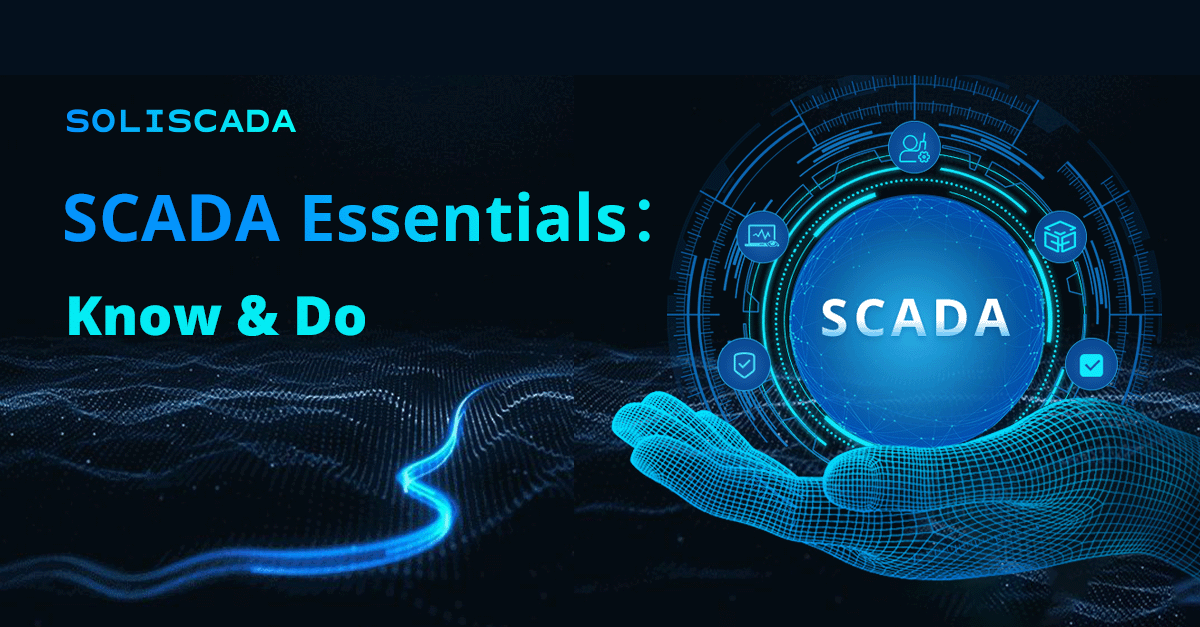
 Oil & Gas
Oil & Gas Water Industry
Water Industry Food & Pharmaceuticals
Food & Pharmaceuticals Marine
Marine Mining & Metal
Mining & Metal Manufacturing
Manufacturing Electric Utilities
Electric Utilities Municipal Industry
Municipal Industry